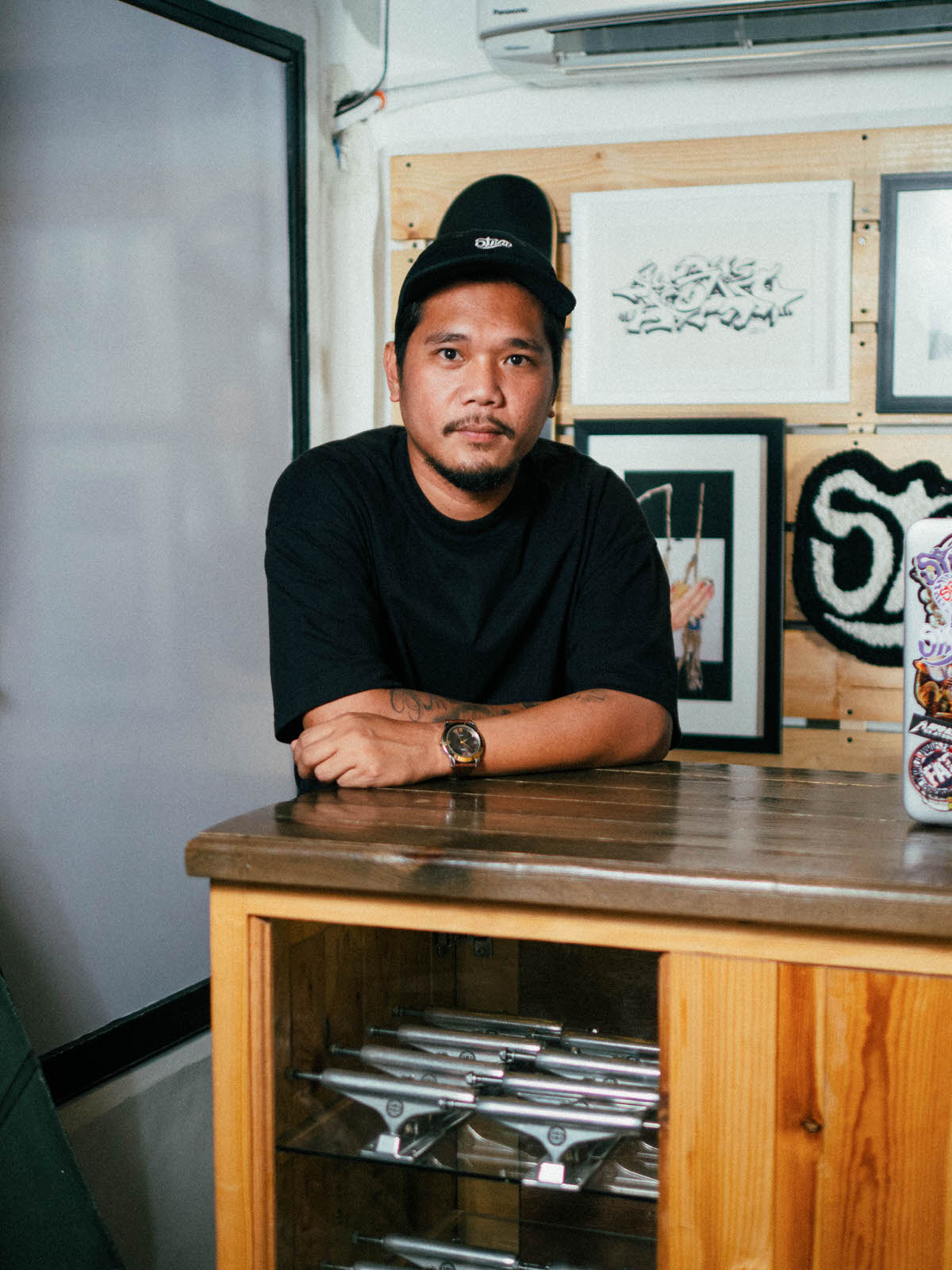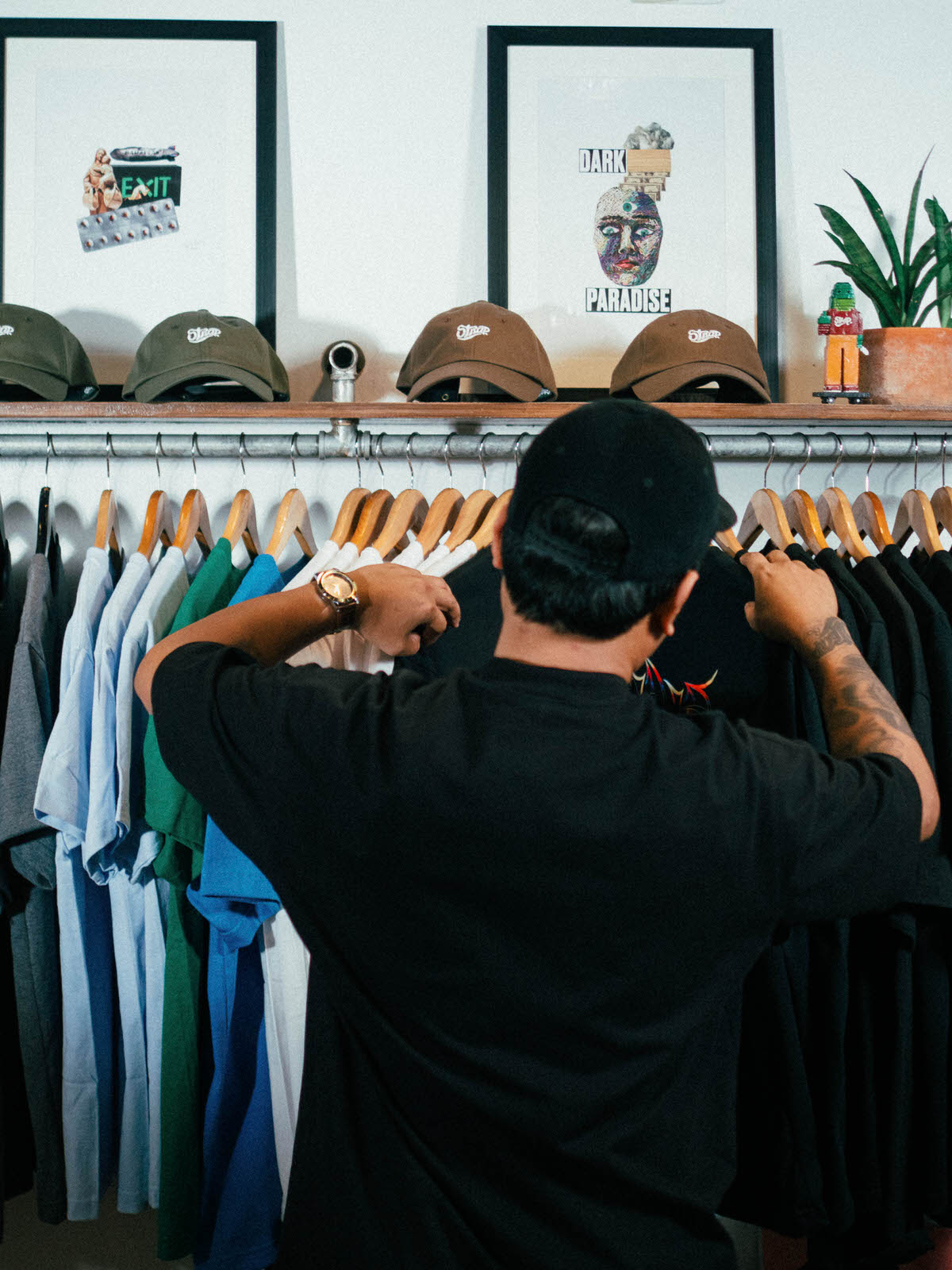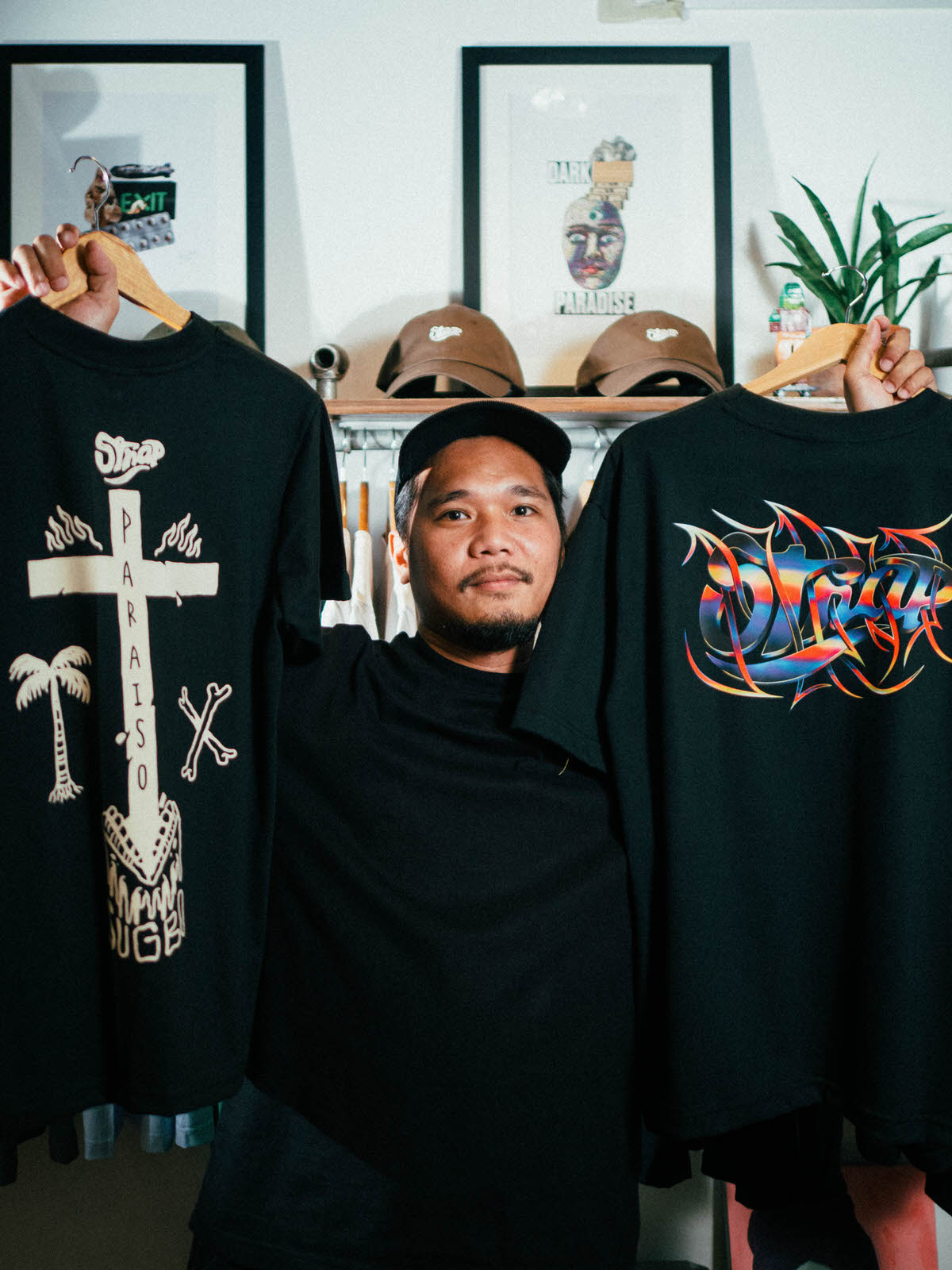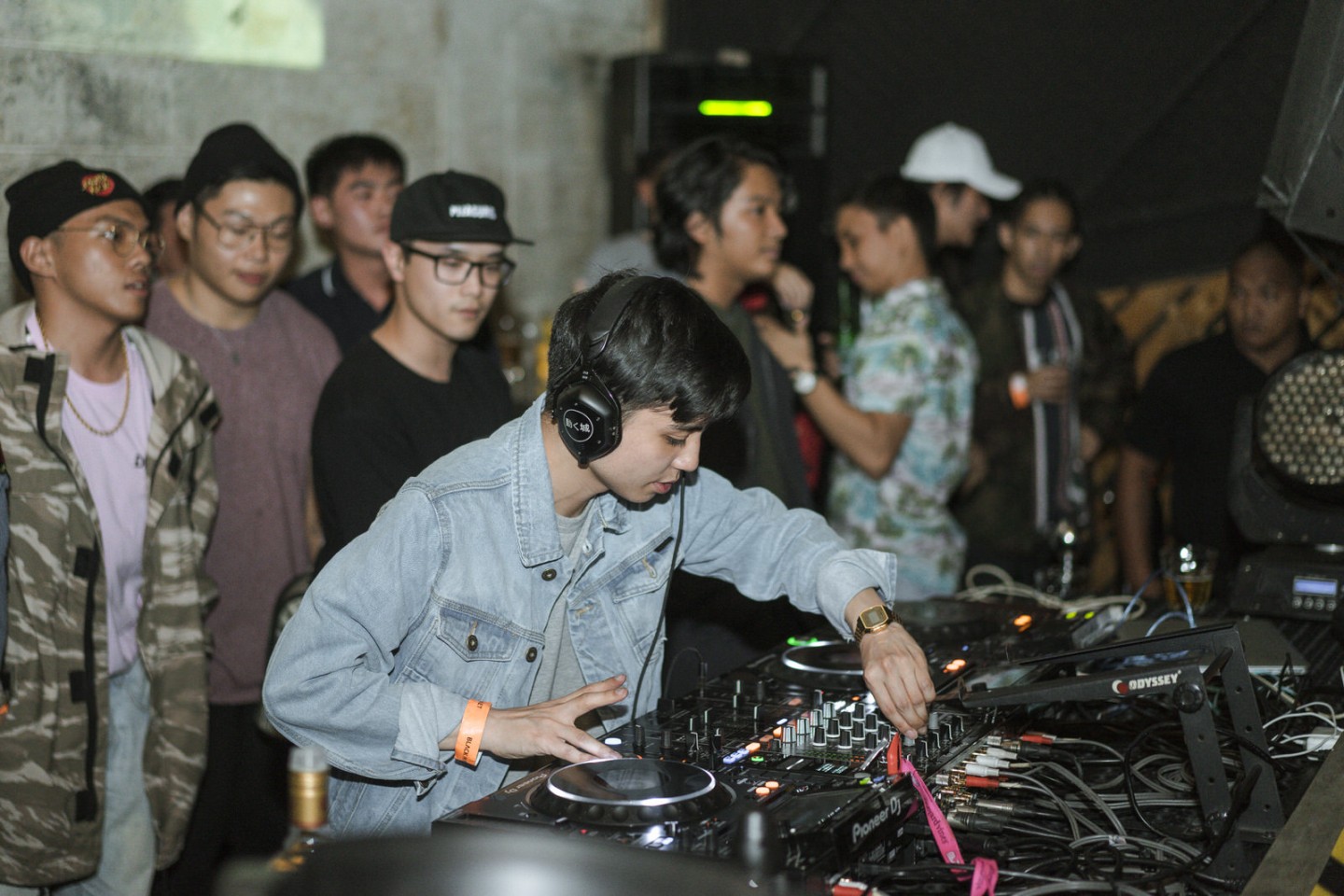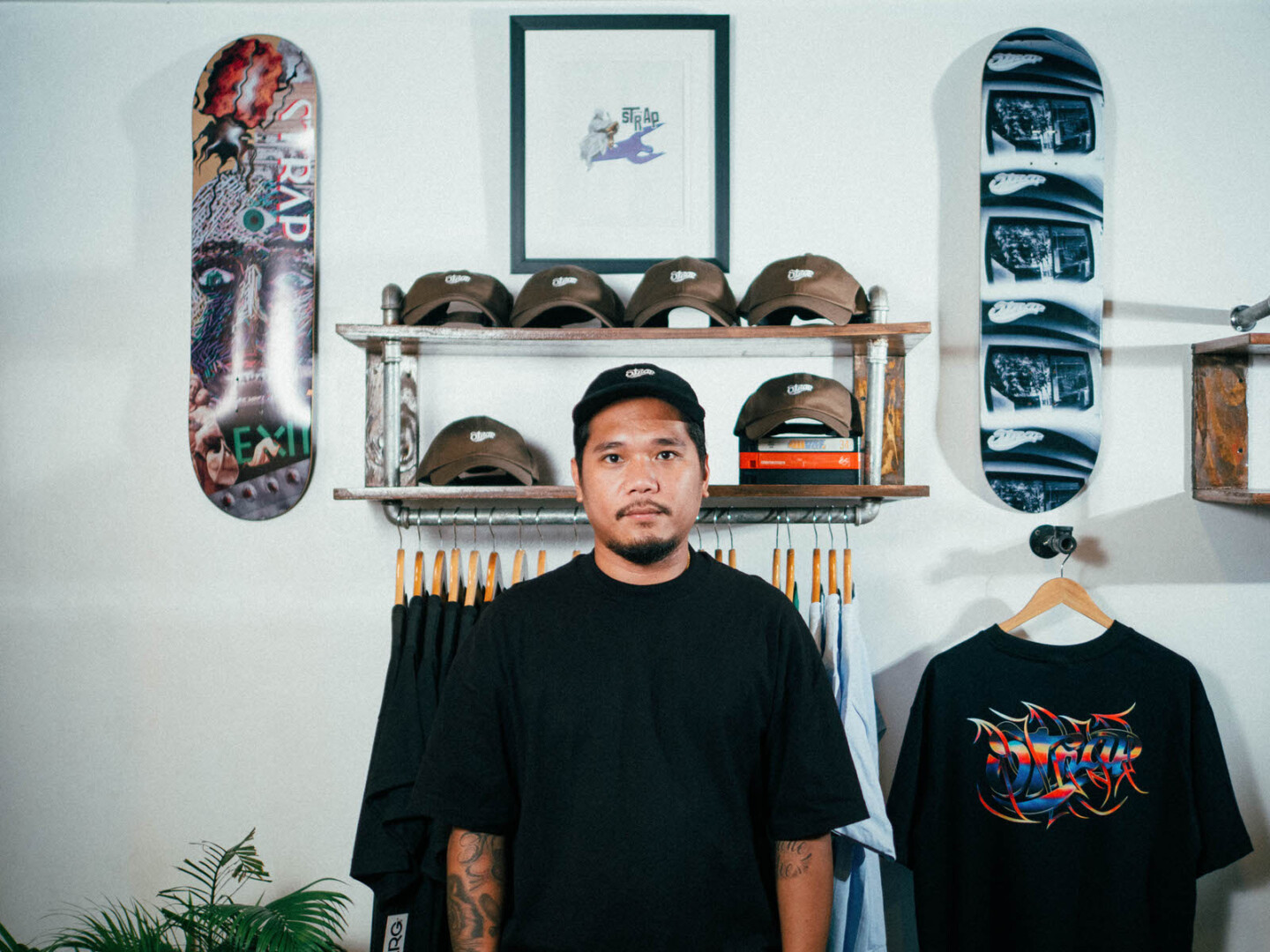
For Edel Castañeda, principal designer, skate aficionado, seasoned streetwear purveyor, it’s not enough to show up—it’s also how you present. From atelier business origins that led to his skills in design and manufacturing, the designer and fabrics expert has had a keen eye and firm hand on the control of his wares. Known foremost for Strap, we sat down to have a discussion on what goes into his designs, the strengths of his manufacturing background, and what his heart for the scene can offer young creative minds.
Tell us a little about yourself. Who is the man behind Strap?
My name is Edel and I’m the owner and creative designer of Strap. I’m also a fabric manufacturer for an atelier business of my family, which allowed all of Strap’s products to be created in-house. Prior to doing Strap, though, skating has always been part of my life. It has always been a part of me—starting from the early 2000’s when I was in Cebu, to when I competed and won in a national championship, to even now in my spare time.
There’s something about the culture, whether it was just for fun or competing, that really stuck [with me]. And when I saw the difference between the skating culture in Cebu and in Manila, it really sparked my interest more. Skate parks, box ramps, pyramids—these were the norm in Manila, but back in Cebu, much of what we had were just platforms, rails, and pads wherever we could.
There was a very “do-it-yourself” type of energy from my area. Folks used to pass used VCDs containing skate memorabilia like videos, tricks, other media specials, and events at the time back and forth. Friends and friends of friends would take trips to Manila, save them, bring them back, and pass them around.
There was this spot we used to go to a lot; we called it the “Ayala Spot.” It was a good spot because much of it at the time was open land, clear for anyone who wanted to do simple tricks, cruise-cruise lang (Just cruising). I really saw the birth of skating culture firsthand—a revolution in front of me.
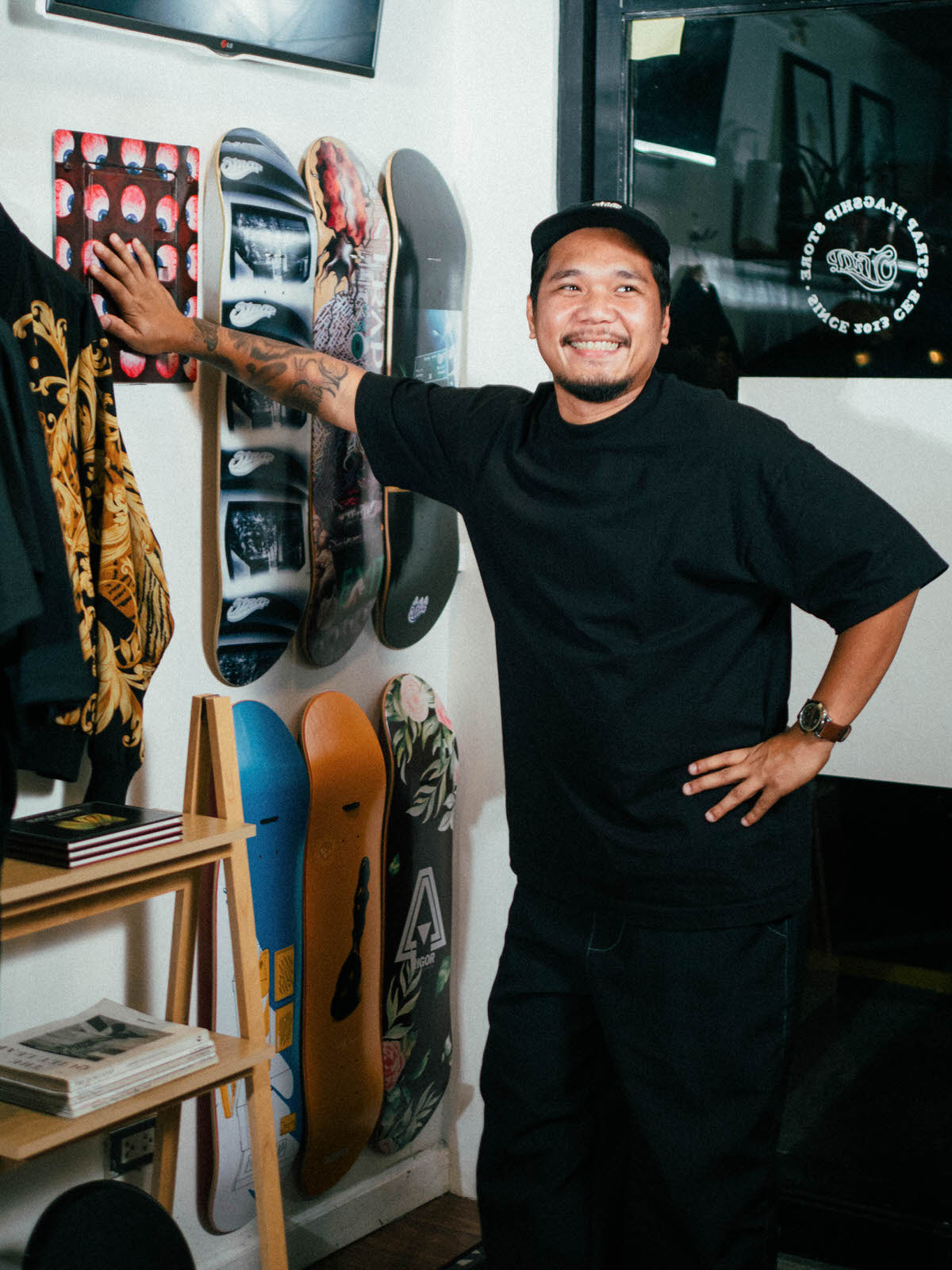
In a nutshell, what is Edel Castañeda’s work, achievements, and background—from Strap, to other ventures?
Growing up with the family business, in fabrics manufacturing, I got an edge when it came to textile and fabric work. Not to mention, I was also raised by a fashion designer.
Our business did a lot of work for clients like providing uniforms and corporate items, so that’s where I started basing designs and materials from. Eventually I asked my mom if it was okay to open a brand under the same business’ materials—focusing mostly on shirt making and printing. I didn’t know anything about screen-printing, but I knew that I could find out about it from someone who did. That’s where I started.
From then to when I was finally getting my start with Strap, it didn’t head straight to the current direction it’s now in. After a small dry run of around two years, where profits I made funneled straight into the family business, it’s been in-house ever since.
What does it mean to come from a skateboarding background and into streetwear? Does it come hand-in-hand?
Skateboarding is an art. There’s a certain process in executing a trick to create a line. It’s creativity that’s demanded. If you went by the books or the ‘rules’ of skateboarding, there are lots of steps to get what you want. If you want a skate video to be presentable, it’s got to look fun, and it’s something that you get a lot better at the more you do it, no matter the quality of it at the present time.
As a skateboarder, you’re lucky to get a trick in one try. In the usual process, you have to keep pushing to get that trick right. It’s a given that you’re going to have to try to do it again, and again, and again.
In creative design, at least in my perspective, the conceptualization isn’t that different with the skating process. And if you don’t get it as quickly, you can always shelf it for a while, coming back at a later time. When the fundamentals are set, that’s when you can try to add more complementary things, as opposed to the important things [only].
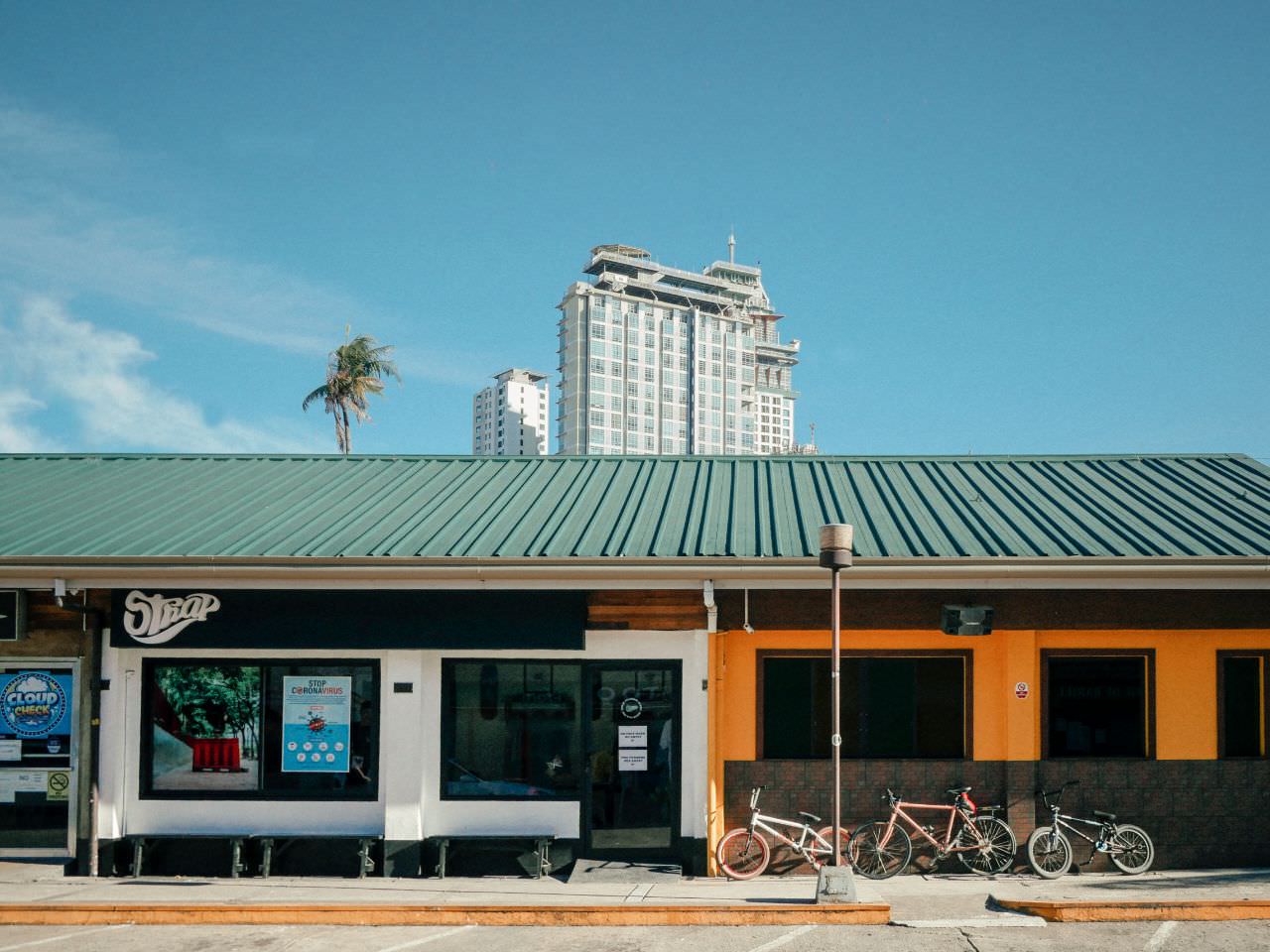
What is your perspective on the change of public perception of streetwear over time? Design changes, new silhouettes, change of new with retro-new?
In fashion, creative design, and in all art, there’s always going to be the old things, and then the new things. The trick is to know when to head for the new and drop a bit of the old. Adopt any evolutions in the scene, but make it fresh and new. It’s important to trace it back to where it came from and make sure to put skateboarding, all of the culture behind skating, on top of everything.
As skateboarders, people within that community value good representation. If we look good, then that’s a positive image for newer folks who want to get into the scene. How that comes into play is where streetwear helps. Get the word out from a single look.
Gatekeepers — they’re something, right? You can trace this line back to them: “Make skateboarding underground or not cool again.” But one of the strengths of a culture and movement that gets more traction is evolving over time.
I mean, skateboarding is already part of the Olympics! This, of course, started as a local competition called ‘Street League’ which set the stage. When Rob Dyrdek founded it, there were some naysayers who said that it made skating too ‘formal and made it too much like a professional sport. But if he listened to the negative comments, didn’t allow for evolution and adaptation, where would skating be today, right?
It’s the same with streetwear. Part of that energy of bringing the new with the old is what streetwear is all about.
Why do you think streetwear is such a cultural staple?
Streetwear represents your persona, as broad as it can be. It involves culture and different types of scenes—from hip-hop, graffiti art, basketball, and even the hardcore punks.
Hype-wear, which used to be so big, that big fashion houses looked to streetwear—I still remember that. I and my homies used to joke around those who donned those fits as “being in the wrong country” or even “dressed for the wrong climate.” It was funny, and we teased it a lot at the time, but that situation, strangely enough, evolved to where we didn’t expect.
What do you consider as your edge when it comes to developing your projects/business?
Being in manufacturing has taught me a lot about how the business works, how much of the work goes from the start, to the middle of the printing process, all the way to sending out to clients.
I used to do work for the main New Balance office in the Philippines, right before the pull-out, where we were approved as a vendor for New Balance Numeric, their skate division. And this division handled specific events called wear-tests, where I would get the opportunity to be one of the few to test out their shoes and skate in them, get a feel for what a global presence in streetwear especially for skate-wear, could be.
Additionally, thanks to my manufacturing experience, I got to practice exercising discipline with my designs before approving them. We could take up to eight tries before something would be ready to hit shelves—you need a really keen eye about these things.
It’s given me a lot more confidence about being in control with the process. That means that if I, as an example, designed five items, I would print 100 pieces per design. This allowed me to gauge which ones were hot and higher in demand and which ones weren’t, meaning I wouldn’t have to print so many afterwards. Efficient, but without being overly complex, not overrun with stock, just enough to meet demand.
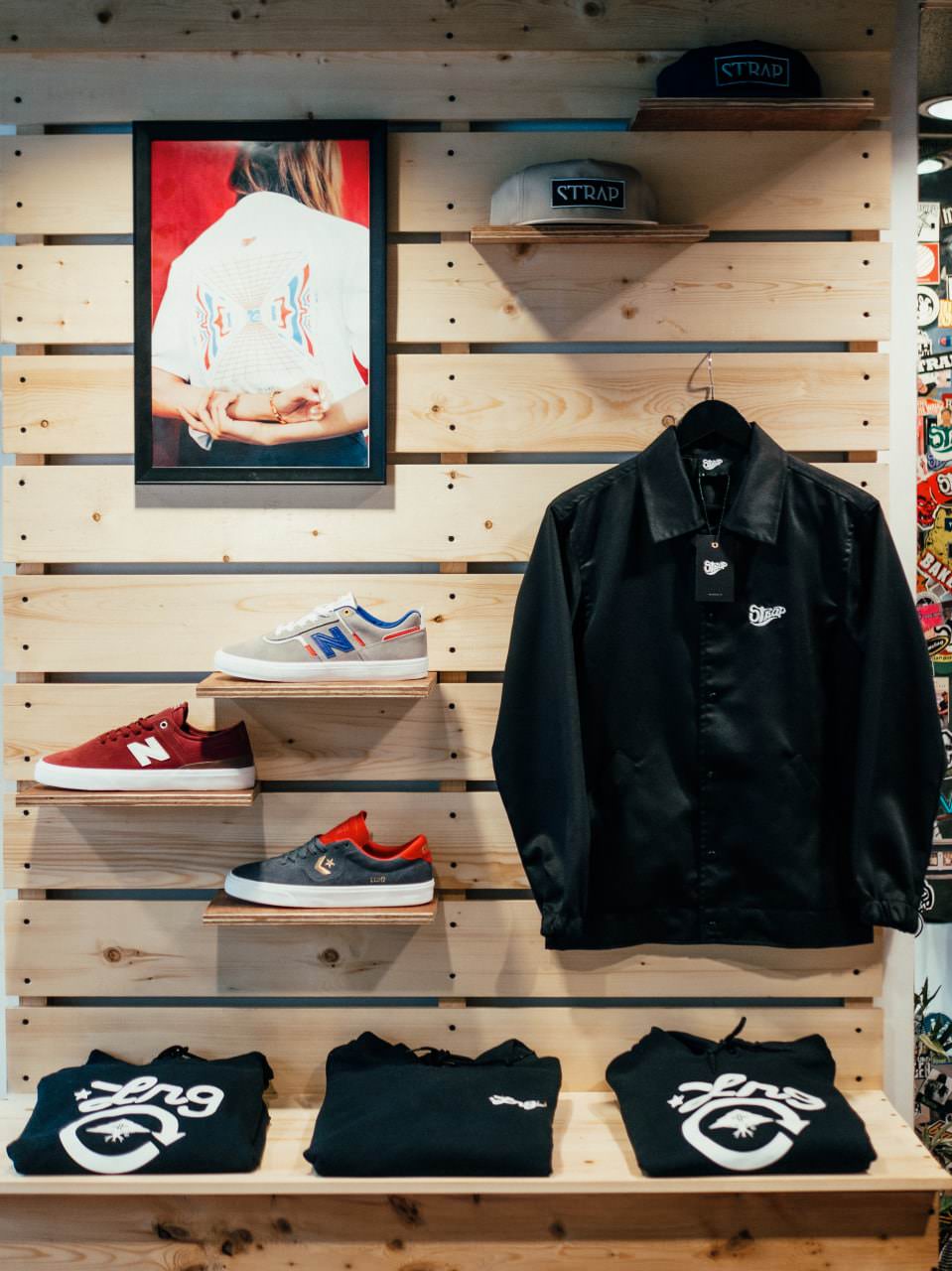
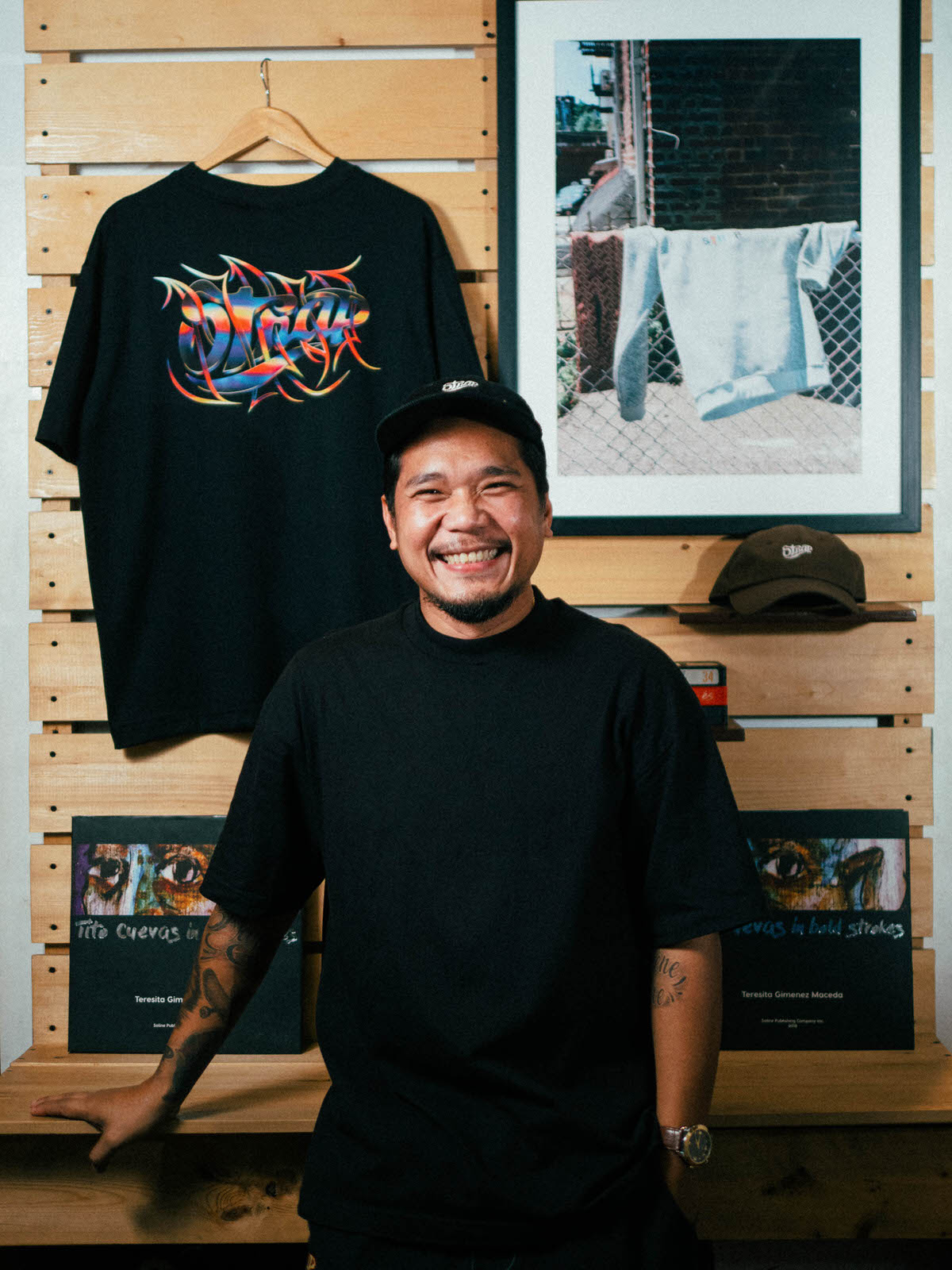
How important is it for you to hone in on a ‘style,’ whether as a creative or even brand owner?
I’ll be blunt — I know I’m not getting any younger. [laughs] For me, less is more. Simple lang (Just simple). A black shirt, whatever bottoms, be it pants, shorts, cargo, or whatever feels comfortable, then that’s it for me.
A product of age, really, more than anything is I’ve started to mellow down from the style that I’m used to like super baggy pants, tank-tops, big and loose shirts. But, and this varies from person-to-person of course, there comes a point where one comes to an age where you kind of tire from the really big fits you do, and settle for what’s more real, just comfortable. I mean, I used to pop snapbacks all the time, but obviously that’s never stayed. [laughs] Back to baseball caps it was.
Overtime, your style changes, but what’s important is knowing what you are, and what you represent. For us, it’s skateboarding. The authenticity is key. If you really represent what you love, what you like, it wouldn’t be necessary to plan out an entire ‘reason’ as to how you can sell your product, how to represent the key values of what vibe or atmosphere you’re coming from. Be sincere, not just so that it looks real, but because it is real.
When you start the design process, what do you focus on first? The most important?
Conceptualizing. It’s funny; most of my ideas pop out of nowhere, whether I’m skating, playing basketball, or even chilling. It’s with this that I’ve developed this unbreakable habit of keeping a little pen and notebook with me, where it’s as easy to jot down an idea, come back to it later. Something like a sports car I saw the other day. All I’d need to think is, “Oh, that’s cool. Yeah, I take this theme, make it a bit NASCAR.”
That moment when you start fidgeting on the notes of a theme, an idea that you’re trying to expand and make into something more than what it was. That’s one of, if not the, most valuable tool you can have as a designer. One of the things with getting good ideas is that you never really stop, but the thing that you can do to mitigate it is to write down as many good ideas as you can.
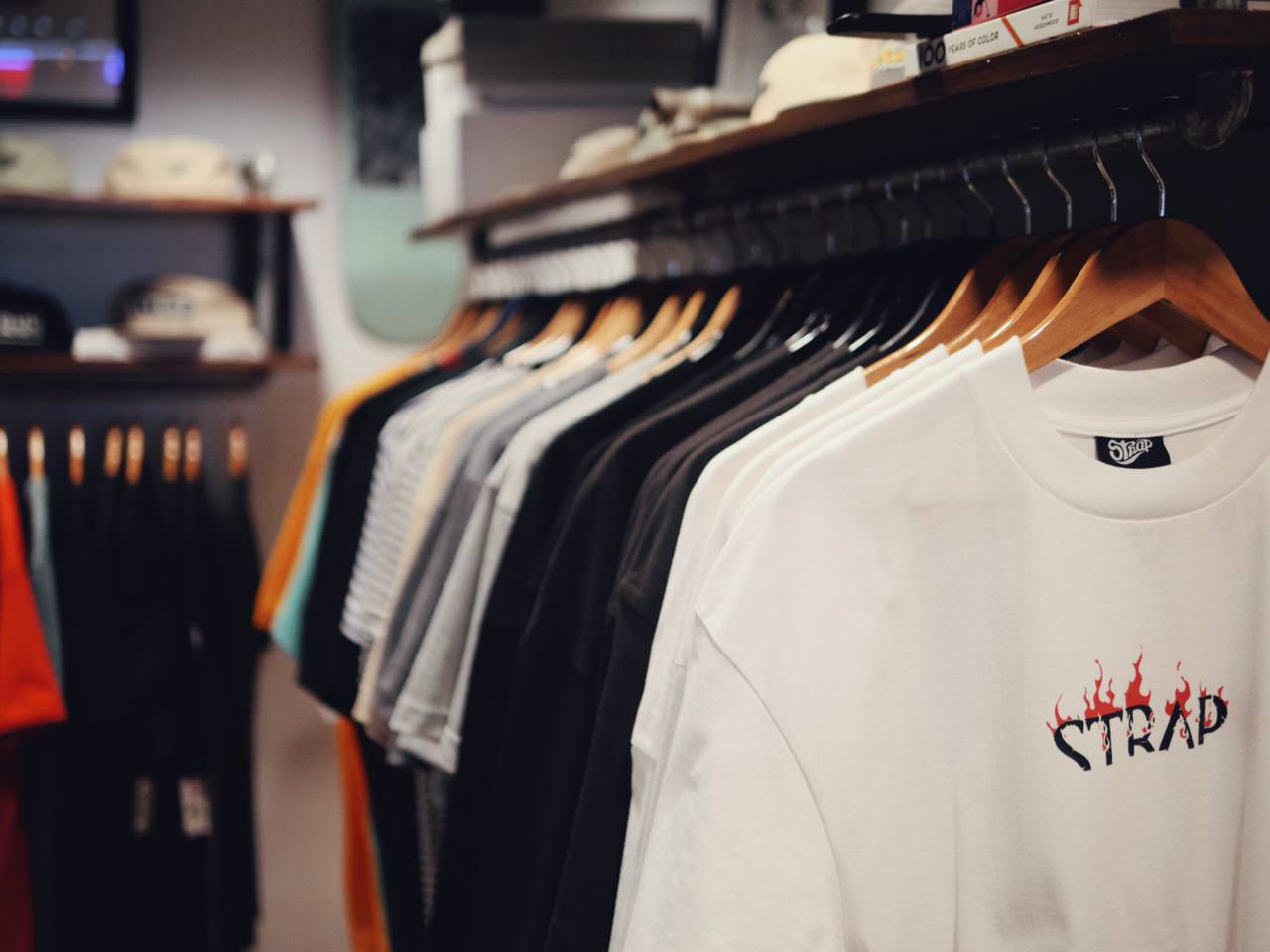
If someone were to come to you and inquire upon the appeal, sensibilities of streetwear, to get a better understanding—what would you tell them?
The most important thing is to experience the scene. It’s not something that you just ‘tell’ the reasons of why it works, what kind of styles it’s trying to use, or even what it’s all about. It’s about being there, outside, with other people, and experiencing what the scene has to offer.
Always be sure when you’re ready to make something public; it’s what the scene deserves. Like, if you think something’s okay, but there’s still more work to be done or if you think there’s something more you can do to really maximize the work, the style you’re doing with a design, then you should do that.
At the very least, sit down with something maybe two or three more times. A skill you can come out with for doing that, for being patient and returning, reworking some items when you can, is developing a large catalogue, a huge gallery of samples that you can always play around with—but only when you’re ready.
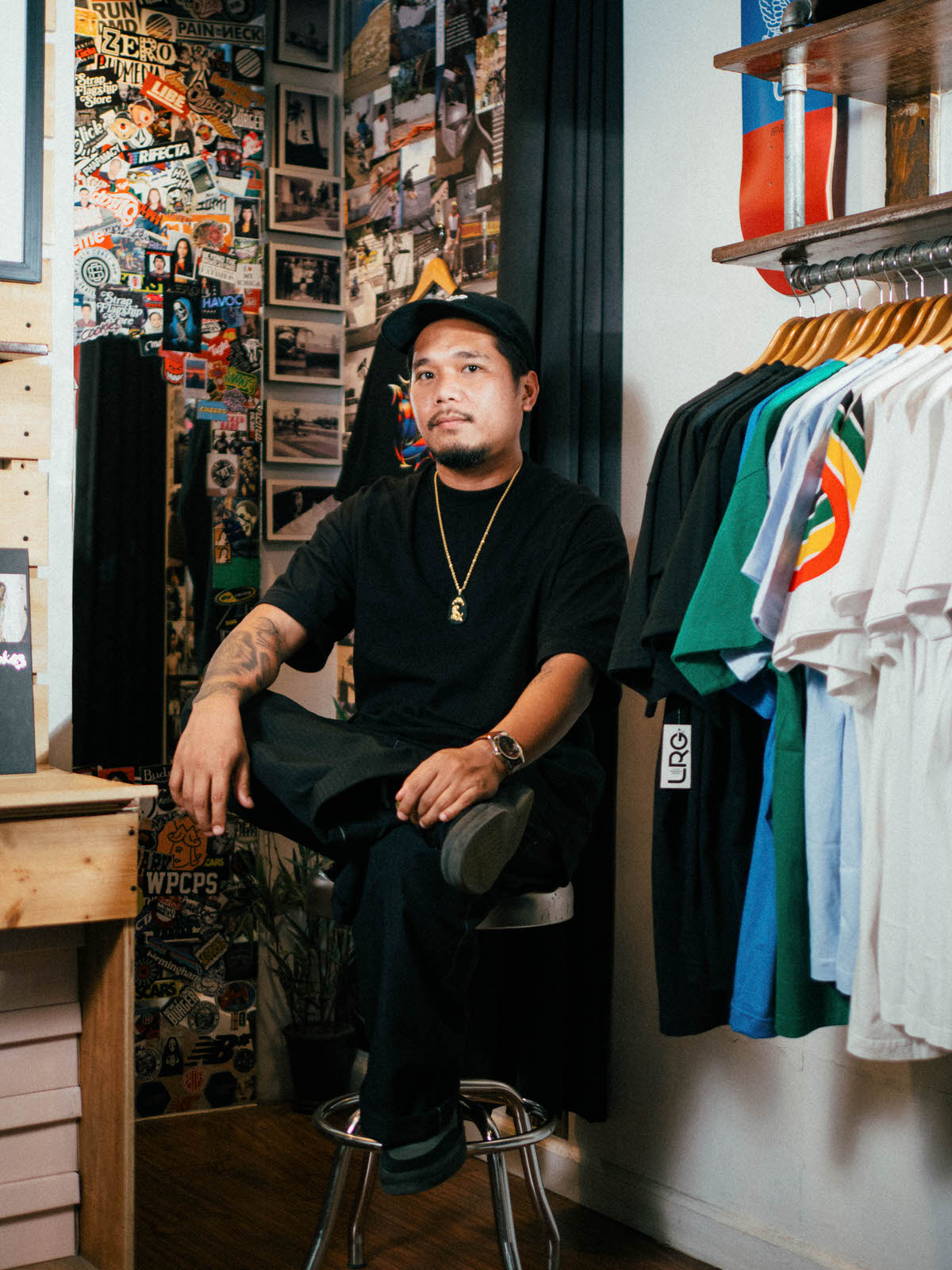
SUPPORT PURVEYR
If you like this story and would love to read more like it, we hope you can support us for as low as ₱100. This will help us continue what we do and feature more Filipinos who create. You can subscribe to the fund or send us a tip.

